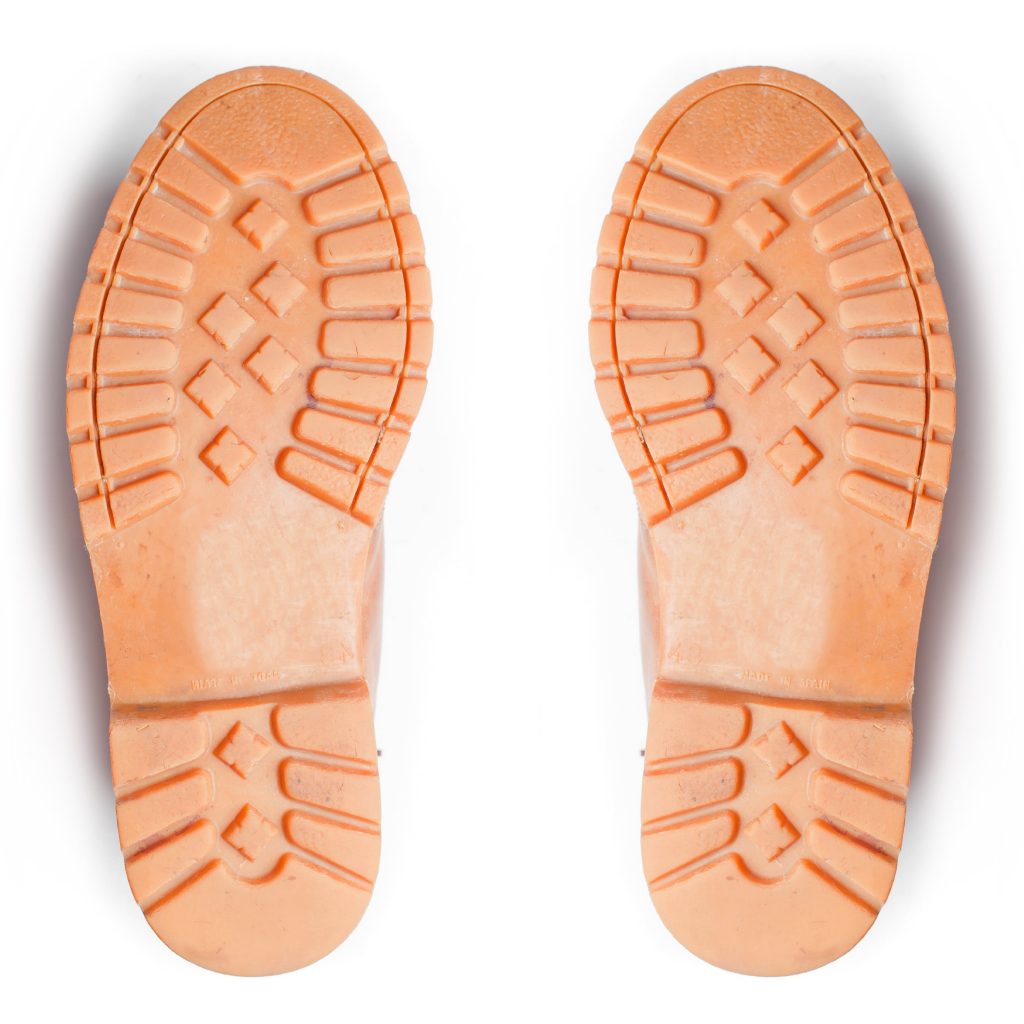2. EVA Foam: The Lightweight Performer
EVA (Ethylene-Vinyl Acetate) foam is commonly used in athletic shoes and sneakers due to its excellent cushioning and shock absorption capabilities. This lightweight material offers a responsive feel, making it ideal for high-impact sports and activities. EVA foam also boasts great flexibility, allowing the sole to move with the foot and provide a comfortable fit for extended periods.
3. Polyurethane (PU): Combining Durability and Comfort
Polyurethane is a synthetic material that strikes a balance between durability and cushioning. PU soles are known for their excellent abrasion resistance, making them an ideal choice for shoes that endure heavy use. These soles also provide good shock absorption, ensuring lasting comfort even during prolonged wear. PU soles are often used in various types of footwear, including dress shoes, work boots, and casual sneakers.
4. TPU: Taking Performance to the Next Level
Thermoplastic Polyurethane (TPU) is a highly durable and versatile material that brings superior performance to shoe soles. Its unique combination of strength, flexibility, and resistance to abrasion makes it a popular choice in athletic footwear. TPU soles provide enhanced stability, support, and traction, making them ideal for sports like running, hiking, and trekking.
5. Vibram® Rubber: Amplifying Engineering Excellence
Vibram® is a renowned brand associated with high-performance rubber soles used in outdoor and adventure footwear. Meticulously engineered to provide unmatched traction and durability, Vibram® soles excel in challenging terrains and extreme weather conditions. With innovative designs and specialized compounds, Vibram® has revolutionized the footwear industry, catering to the needs of mountaineers, hikers, and outdoor enthusiasts around the globe.
6. Natural Materials: Embracing Sustainability and Tradition
As we progress towards more eco-friendly practices, some shoemakers are turning to natural materials for their soles. Cork, for instance, offers a lightweight and shock-absorbing property, coupled with natural antimicrobial properties. Jute, derived from a plant, is often used in espadrilles and casual shoes for its biodegradable and sustainable nature. Sustainable rubber, derived from the latex of rubber trees, is another eco-conscious option for those seeking stylish yet environmentally friendly footwear.
Conclusion:
Shoe soles are the unsung heroes that provide us with comfort, stability, and performance as we traverse the world. From rubber classics to innovative materials, each sole material offers its unique combination of qualities that elevate our footwear experience. Whether you’re seeking durability, cushioning, or specialized performance, understanding the materials that make up shoe soles empowers you to find the perfect pair for any occasion. So, the next time you slip on your favorite shoes, take a moment to appreciate the art and science behind the soles that support your every step.


